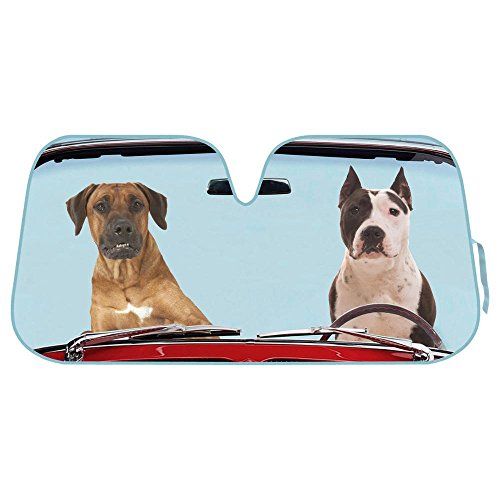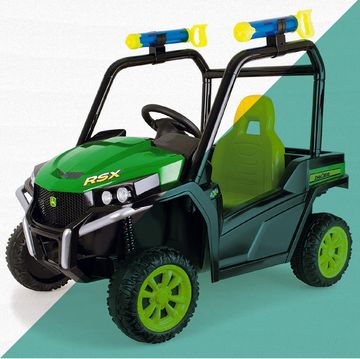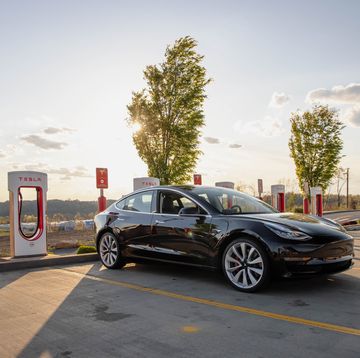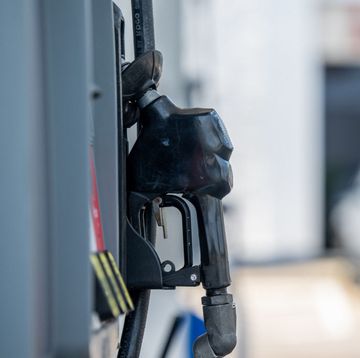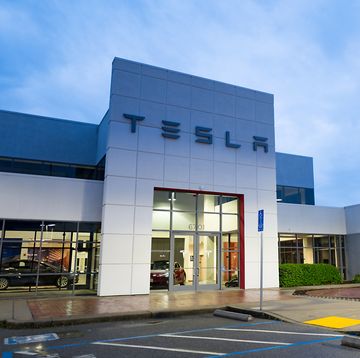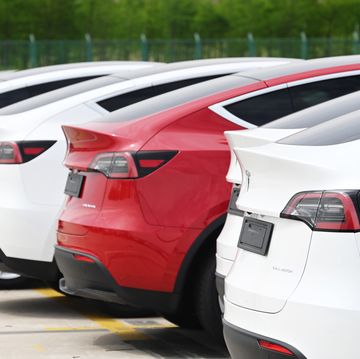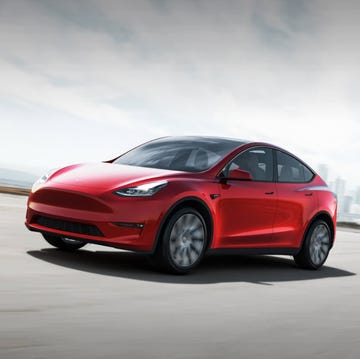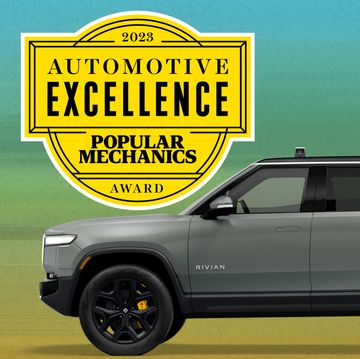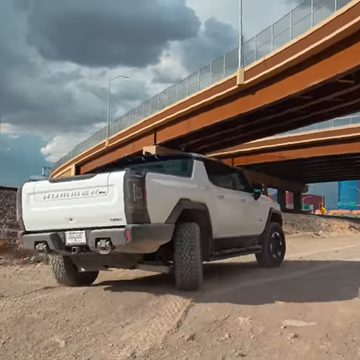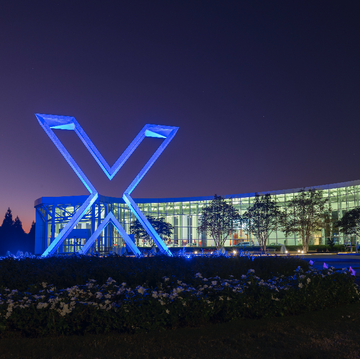Whatever the technological promise or pitfalls of electric vehicles, the real challenge lies in getting consumers eager to buy them. And that’s proven to be at least as difficult as making batteries last and building out a comprehensive charging infrastructure. A new report from the big-time, grownup-pants Deloitte consulting firm indicates just how big an undertaking that is proving to be.
Deloitte’s “2022 Global Automotive Consumer Study” goes into granular detail about the buyer expectations that will drive the automotive market in the coming years. It’s all based on a survey of 26,000 consumers in 25 countries. Road & Track has been reliably informed one of those countries is the United States, which is still located in North America. The whole report is available at this link as a PDF.
🚙 Want more stories like this? Join Pop Mech Pro.
Much of what Deloitte reports is unsurprising. People still vastly prefer personal vehicles over public transportation; are willing to embrace high technology as long as they don’t have to pay for it; still want to buy new vehicles in-person and not over the internet; and are fine with electric vehicles as long as they’re affordable and at least as good as those relying on internal combustion.
The big insights come with the subject of intentionality. That is what consumers expect to buy next. In the U.S., fully 69 percent of consumers expect their next vehicle to be powered by internal combustion. Another 22 percent will go for some sort of hybrid. But still, amid all of this, only about five percent of Americans expect their next vehicle will be a fully-electric, battery-fueled machine.
“Buyers expect their vehicles to be affordable,” explains Ryan Robinson, Deloitte’s Automotive Research Leader. “Fully 74 percent of those intending to buy an electric expect their next vehicle to cost less than $50,000. With the average price of a new vehicle already approaching $40,000, that’s a very narrow band for electrics.”
Right now, many of the electrics on the market are what Robinson describes as “halo” products. That’s to say premium vehicles that attract attention and sell at high prices, but aren’t intended to sell in huge volumes to average buyers. Will there be affordable and attractive electrics? Good question.
Governments are driving forward with aggressive plans for converting the vehicle fleet to alternative fuels. What prominently emerges from the Deloitte report is that ambitions are one thing, and reality is something else.
🚘 Keep Your Ride Cool
Other countries are more eager for EVs. In South Korea, for example, 23 percent of buyers anticipate next buying an electric. In China it’s 17 percent. In almost all countries, hybrids and plug-in hybrids seem to be gaining traction as alternatives to pure ICEs.
There are plenty of other indications in Deloitte’s report that what lies in front of us is a tumultuous vehicular future. “There are a lot of big, all-in bets being made,” Robinson asserts. “We’re right in the middle of a very messy time.”

John Pearley Huffman has been writing about cars since 1990 and is getting okay at it. Besides Car and Driver, his work has appeared in the New York Times and more than 100 automotive publications and websites. A graduate of UC Santa Barbara, he still lives near that campus with his wife and two children. He owns a pair of Toyota Tundras and two Siberian huskies. He used to have a Nova and a Camaro.




